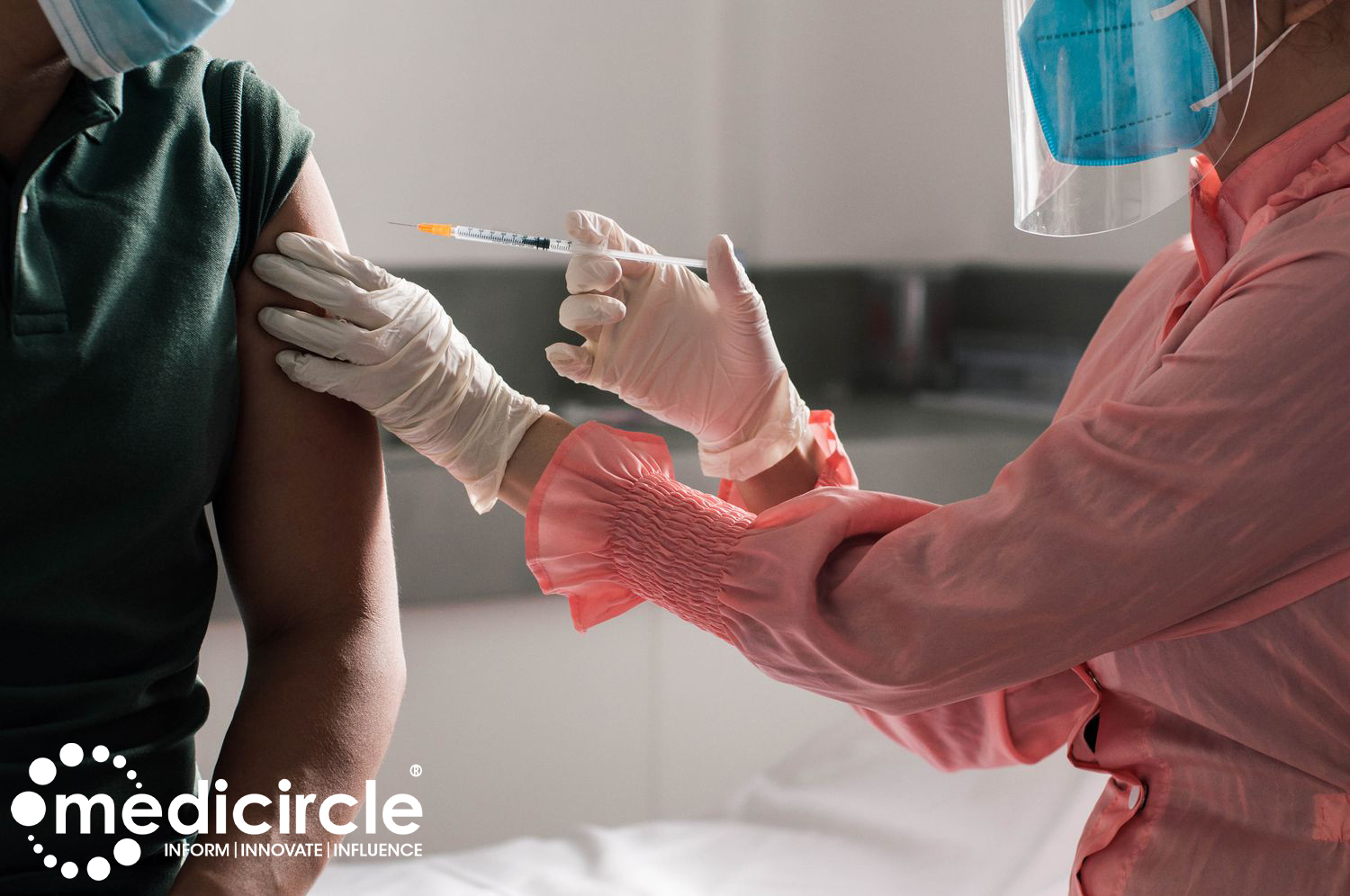Early-stage trials of Johnson & Johnson's experimental coronavirus vaccine show it generated an immune response in nearly all volunteers, with minimal side-effects, after a single dose.
The company expects to report details of more advanced trials later this month and is hoping to apply for authorization from the US Food and Drug Administration soon after. Researchers who tested the vaccine in a combined Phase 1-2 trial -- mostly meant to show safety -- found either one or two doses of the vaccine generated both antibody and T-cell responses against the coronavirus. The trials were not designed to show whether the vaccine protected people against either infection or symptoms of coronavirus -- that's what the ongoing Phase 3 trials are designed to do.
Writing in the New England Journal of Medicine, an international team of researchers who tested the vaccine in around 800 volunteers said the early-stage trials showed it was safe and probably should work.The researchers -- in the Netherlands, the United States and Belgium -- tested the vaccine in a group of people 65 and older and a group ages 18 to 55.
Vaccination elicited neutralizing antibodies -- expected to stop the virus from infecting cells -- in 90% of all participants by the 29th day after the first dose of vaccine and in all of them by two months after the first dose. The levels of these antibodies stayed stable for at least 71 days, they reported.
The FDA has given emergency use authorization to two coronavirus vaccines -- one made by Pfizer with its partner BioNTech, and another by Moderna. Both were about 95% effective in preventing symptomatic disease in their Phase 3 trials. They use messenger RNA or mRNA -- a new vaccine technology.
Johnson & Johnson's vaccine arm, Janssen, uses a different approach for its vaccine, called for now by its experimental name, Ad26.COV2.S. It uses a weakened version of a common cold virus called adenovirus 26 to carry genetic material from the virus into the body, prompting human cells to produce pieces of the virus which are then recognized by the immune system.

 FDA says J&J vaccine seems to be effective against covid
FDA says J&J vaccine seems to be effective against covid






.png)
.png)












.jpeg)


.jpeg)



.jpeg)
.jpeg)






.jpeg)





